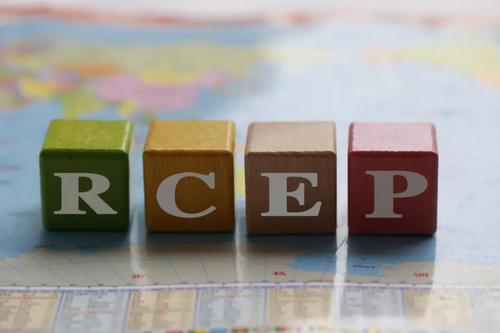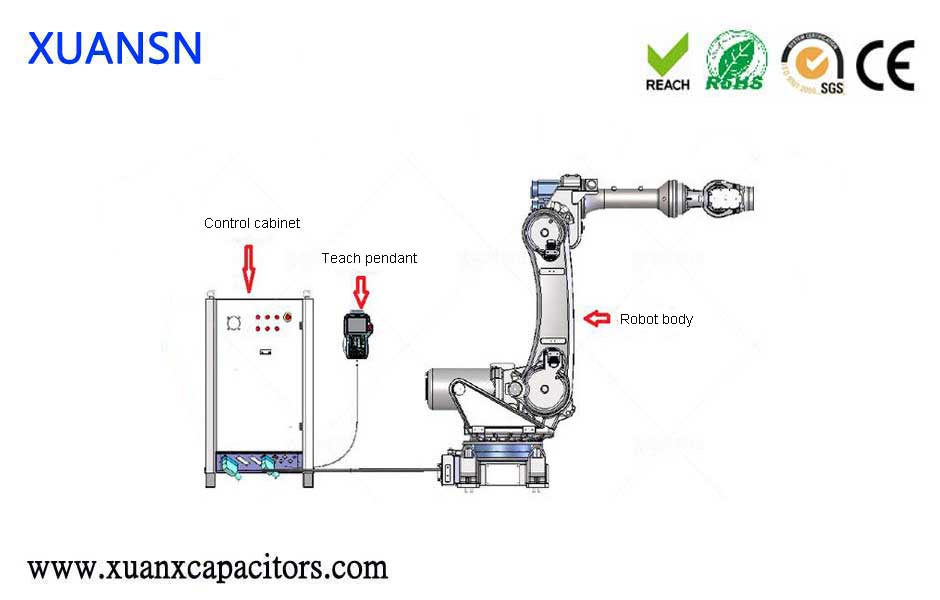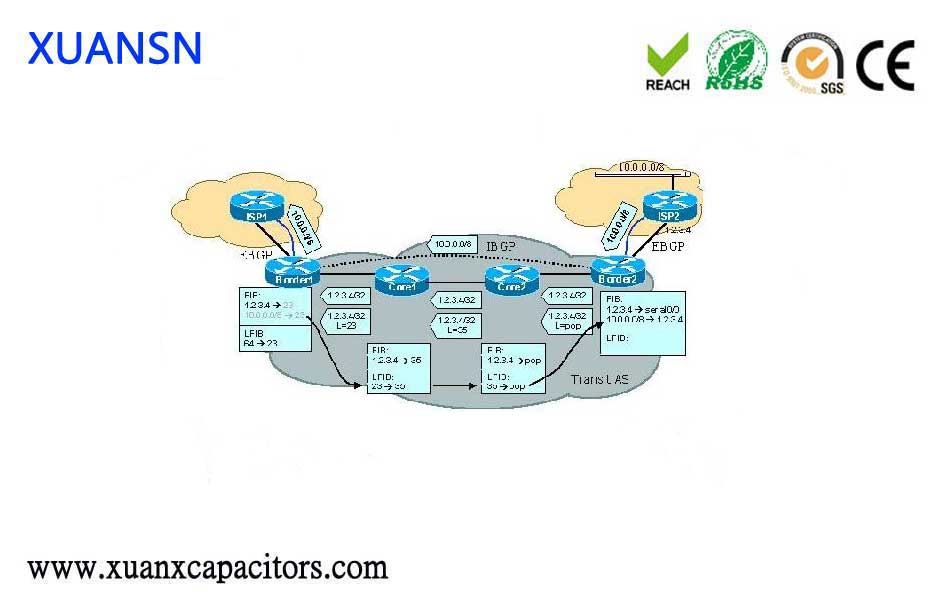01 The world’s largest free trade agreement
As a modern, comprehensive, high-level and reciprocal agreement, the RCEP agreement consists of a preamble, 20 chapters (mainly including trade in goods, rules of origin, trade relief, service trade, investment, e-commerce, government procurement, etc.) and trade in goods , Service trade, investment, and temporary movement of natural persons.
RCEP covers a population of 2.2 billion people, accounting for 30% of the world. The GDP of its member countries is US$25.6 trillion, accounting for 29.3% of the world’s total. Intra-regional trade is US$10.4 trillion, accounting for 27.4% of the total global trade. The largest free trade agreement with the largest economic aggregate and the largest trade volume.
02 The total number of zero-tariff products will exceed 90%
In terms of trade in goods, the 15 parties have adopted bilateral bidding arrangements for the liberalization of trade in goods. After the agreement takes effect, more than 90% of the goods trade in the region will eventually achieve zero tariffs, and the tax will be reduced to zero sum immediately The tax reduction to zero within 10 years will enable the RCEP Free Trade Zone to fulfill all its commitments to liberalize trade in goods in a relatively short period of time.
 03 China and Japan reached a tariff reduction arrangement for the first time
03 China and Japan reached a tariff reduction arrangement for the first time
Prior to this, China has established a free trade area with the ten ASEAN countries. The zero tariff of the China-ASEAN Free Trade Area has covered more than 90% of the tax items of both parties. Therefore, one of the biggest breakthroughs of RCEP is the first free trade zone zero-tariff agreement arrangement between China and Japan, achieving a historic breakthrough.
04 Deepening of RMB Internationalization
Currently, ASEAN has become the most important channel for the internationalization of the RMB. The renminbi is becoming more and more popular in ASEAN countries and its penetration rate is increasing. As RCEP continues to deepen, more ASEAN countries and regions will choose to use RMB for denominated transactions, and the function of RMB as an investment and reserve currency will become increasingly prominent.
05 Cross-border e-commerce benefits
Cross-border e-commerce involves multi-chain and multi-link operations. The signing of the RCEP agreement is beneficial to many aspects of cross-border e-commerce, including reducing or even eliminating the risk of postal parcel tariffs, reducing raw material costs, accelerating the internationalization of RMB, and reducing corporate exchanges Risks, reduce the cost of overseas logistics and warehouse construction, etc.
06 It is more convenient for Chinese companies to build factories overseas
RCEP has greatly expanded the scope of trade and investment liberalization by establishing a common framework of rules of origin and strengthening rules on intellectual property protection, trade in services, and reducing investment barriers. The implementation of the RCEP agreement will lower trade barriers, improve market access for goods and services, increase the transparency of trade and investment, and further facilitate overseas investment by Chinese companies.
? When will RCEP take effect?
The question that everyone is most concerned about now is: when will RCEP take effect?
According to regulations, the RCEP agreement needs to be approved by at least 9 of the 15 members before it can enter into force, including at least 6 ASEAN member states and at least 3 countries among China, Japan, South Korea, Australia and New Zealand. Next, the members of RCEP will perform their own domestic legal approval procedures and strive to promote the early implementation of the agreement.
There is no doubt that in this “great change unseen in a century”, foreign traders who seize the opportunity and follow the trend will have a broader “money path.”




